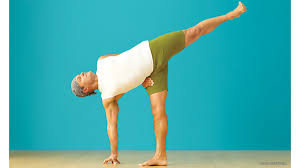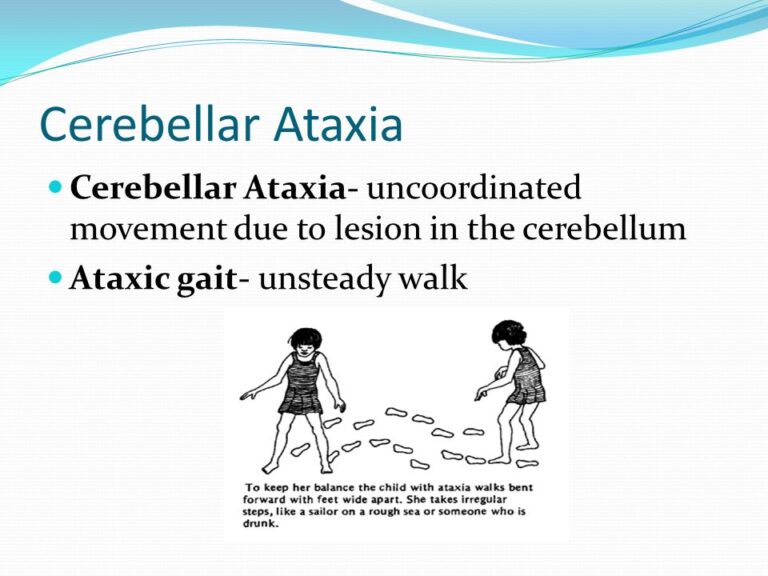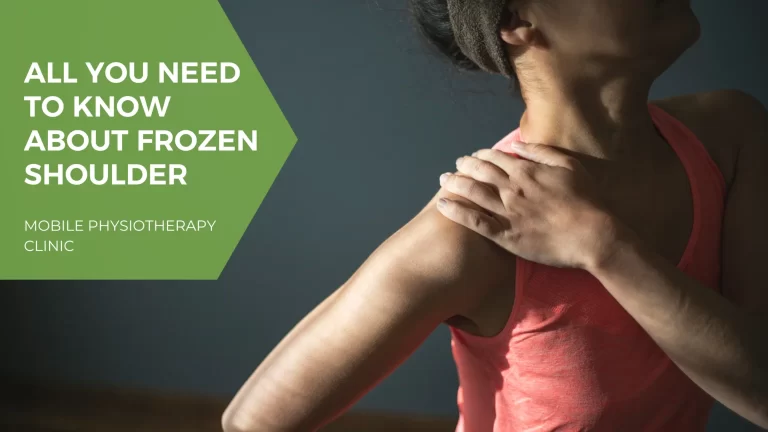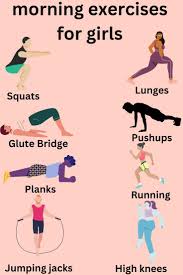Ardha Candrāsana:
Ardha Candrāsana :
Ardha Chandrasana or Half Moon Pose is an asana.
Benefits:
Like all standing balance asanas, ardha chandrasana offers many benefits related to focus and proprioception, and strengthening of hip and knee muscles. This asana is particularly beneficial to the external rotators and stabilizers of the hip including gluteus medius and minimus, obturators (external and internal) and gemelli (inferior and superior). Abduction of the hip is achieved through concentric contraction of tensor fasciae latae, gluteus medius and minimus on both legs (lifting one and stabilizing the other).
Both legs engage articularis genus, hip flexors and quadriceps to maintain leg extension,to relax,help in improvement in sports, while the supporting leg stretches the gastrocnemius, hamstrings and gluteus maximus. Upper body stability is achieved by a number of paraspinal and core muscles like the abdominals and obliques (external and internal), while the chest is opened by the rhomboids, and trapezius and the arms are abducted by the deltoids, externally rotated by the infraspinatus and stabilized by the latissimus dorsi.
Variations:
Parivrtta Ardha Chandrasana (Revolved Half Moon Pose), parivrtta meaning “revolved” or “twisted”
In Sivananda Yoga and its derivative styles such as the Bihar school, half moon pose refers to anjaneyasana, an asana used in the moon salutation series (Chandra Namaskar). In Bikram Yoga, half moon pose refers to a two-legged standing asana known as Indudalasana.
Ardha Candrāsana yoga pose video:
Indications:
rheumatoid arthritis and related variants
reactive and derivative arthritis
ankylosing spondylitis
idiopathic scoliosis and of other etiology
degenerative joint diseases (arthritis, arthrosis)
vertebrogene syndrome
out-rheumatoid arthritis
conditions after injuries and operations on locomotive organs
polyneuropathy with paretic appearances
rhizoid syndromes of vertebrogene origin
conditions after meningoencephalitis and after myelitis
hemiparesis and paraparesis of vascular origin, post-acute phase
conditions after injuries and operations of the central and peripheral nervous system
disseminated sclerosis, multiple sclerosis and other demyelinisating diseases in the post-acute phase
syringomyelia with paretic appearance
Contraindications:
infectious diseases
serious heart diseases .
acute thrombophlebitis .
inflammatory rheumatic diseases in the acute phase .
tumorous conditions with metastasis .
psychosis .
unstable diabetes with repeated acidosis .
pregnancy .
addiction to alcohol and other addictive substances .
incontinency .
conditions requiring the systematic methodical care of a third person .
epilepsy with repeated fits .
type:
standing.
Strengthen:
Buttocks, Vertebral column, Abdomen, Thigh, Ankle .
Stretches:
Thorax, Vertebral column, Inguinal region, Hamstring, Calf, Shoulder .







![Chair Poses [Utkatasana]](https://mobilephysiotherapyclinic.net/wp-content/uploads/2023/12/Chair-PosesUtkatasana.webp)